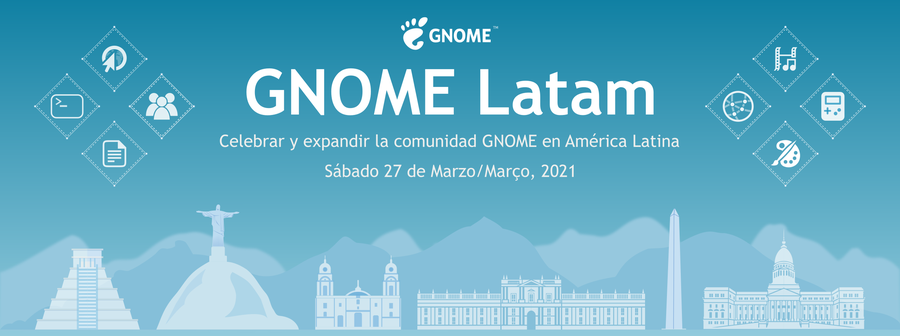My involvement with GNOME started in my teens and has continued over the years where it influenced my studies, career, and even the place I chose to live. One of my desires in my journey has been to help the GNOME project achieve its goals and fulfill its vision of building an open source desktop environment that is accessible and easy to use to a general audience. Sitting on the Board has enabled me to contribute to these efforts more directly and has also taught me plenty about community governance and nonprofit sustainability.
My Board term is ending now and will not run for reelection for a few reasons: firstly, I believe that a rotation of board members can help increase community engagement and transparency. The current model our Board has of renewing parts of its members every year IMO does a great job at ensuring continuity of board programs while allowing for new voices and perspectives to onboard and maximize the impact.
Another reason why I will not be running for reelection is that I am convinced I can be more beneficial to the GNOME project by contributing to more operational tasks and running some of our programs, instead of the position of governance and oversight expected of the Board members. I would like for my seat on the Board to be filled by someone with skills and enthusiasm for reaching out to broader audiences beyond GNOME, someone capable of bridging our plans and vision with opportunities that can bring funding, diversity, and sustainability to the Foundation.
I am not going anywhere. You will still see me around the chat channels, forums, and conferences. I want to focus on improving our Newcomers onboarding experience as well as increase our conversion rate of Outreachy/GSoC interns that become long-term contributors. This also involves helping application developers monetize their work and making sure volunteers are given employment opportunities that allow them to continue working on open source software. I also want to refocus on my coding contributions, while learning new things and keeping up with modern technologies.
All in all, I am looking forward to meeting my fellow GNOME friends in GUADEC this year after such a long time with no travel. o/


